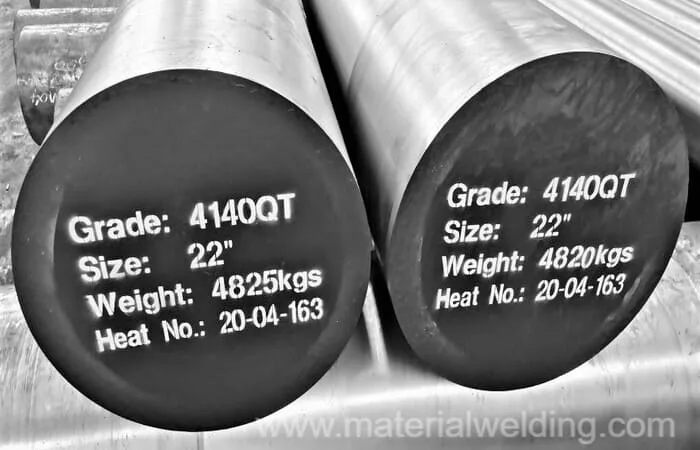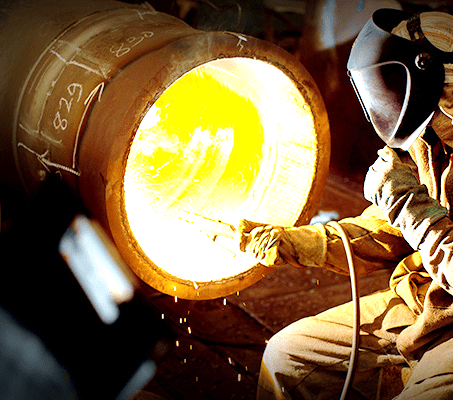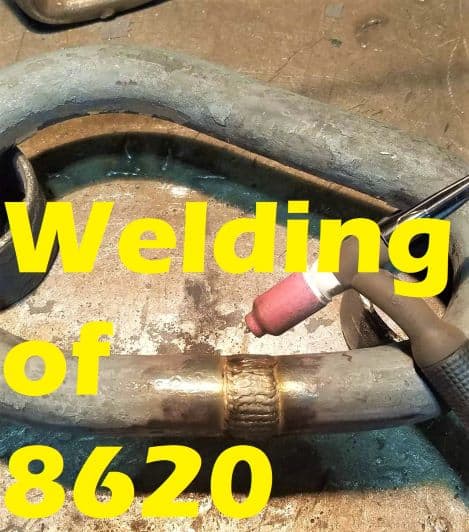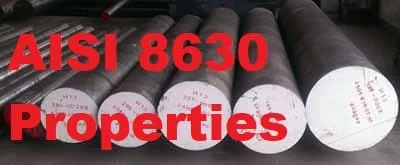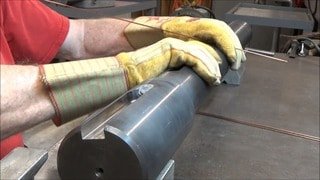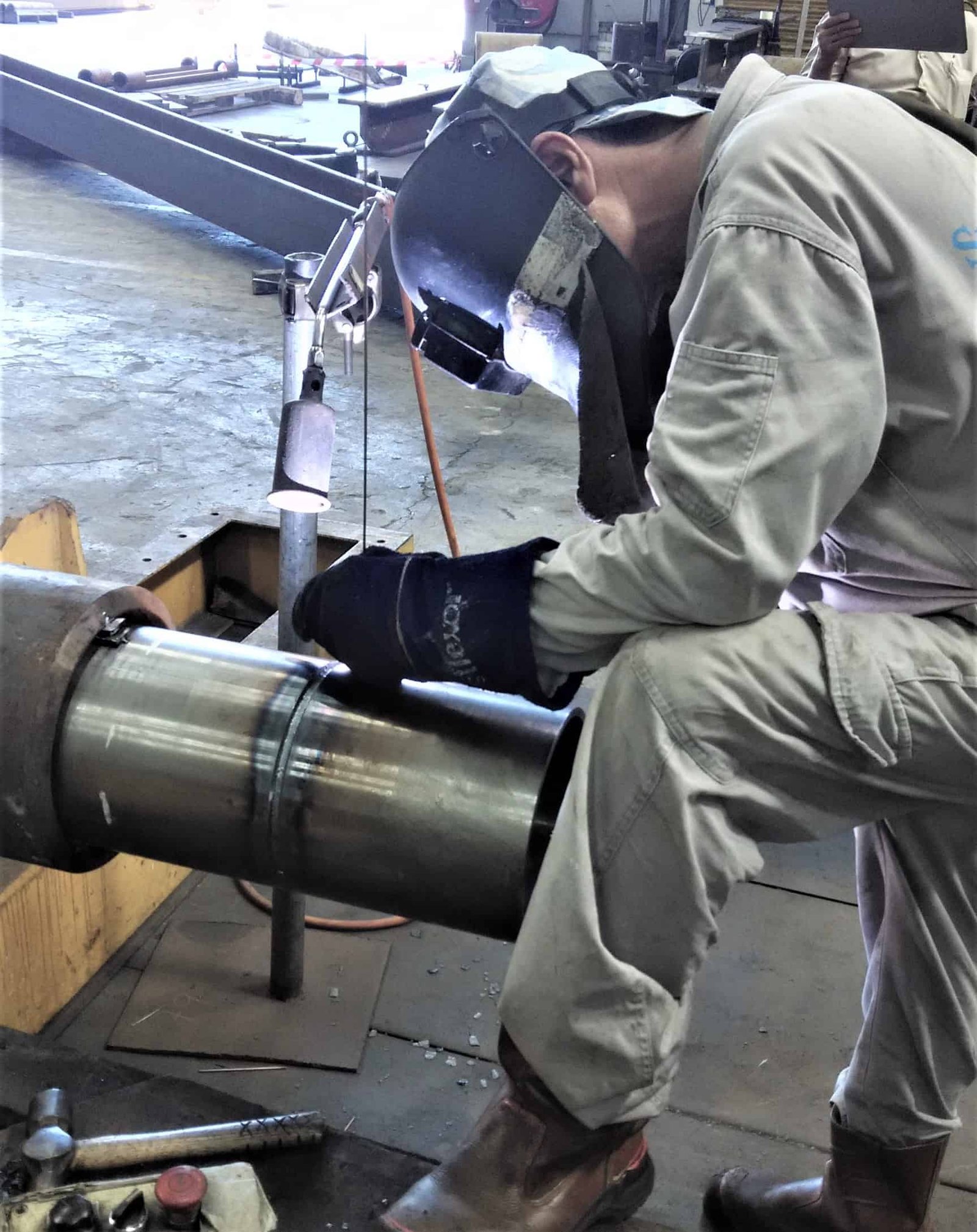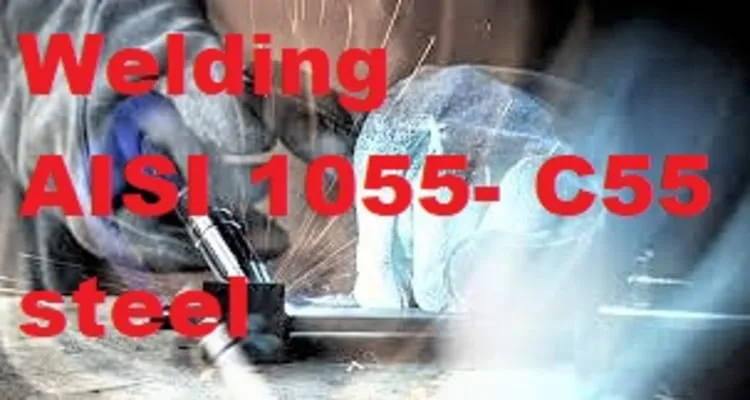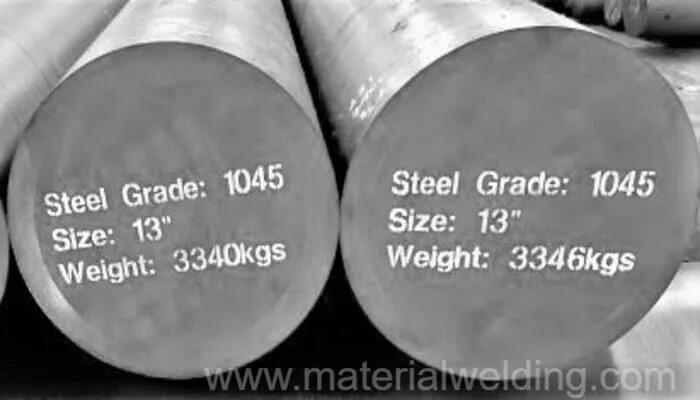What is AISI 4145 steel?
AISI 4145 is Cr-Mo (Chrome-Molybdenum) low alloy steel mainly used in the oil and gas field. Its chemical properties are similar to AISI 4140 but with a higher carbon content compared to AISI 4140.
AISI 4145 is widely available in bigger diameters because of its higher strength and hardenability characteristics.
AISI 4145 is available in the market in quenched and tempered (Q &T) conditions with a hardness of between 30 to 36HRC.
bigger diameters are usually delivered with a higher Molybdenum level, 0.35% max, and also called “Drill Collar” analysis.
The limit of hardenability (hardening depth after heat treatment) must always be considered during designing and selecting equipment.
AISI 4145 materials are mainly used in API spec 7, 7-1 products like drill collars, drill pipes, etc.
Click here to Get Guide on How to Weld various materials
Material specification & equivalent grades of AISI 4145
ASTM A29, ASTM 331, ASTM 752, ASTM A519, ASTM A505, SAE-J770. MIL-S-16974
Chemical properties of AISI 4145
AISI 4145 steel contains chromium, molybdenum, and a low amount of carbon. The chemical composition of AISI 4145 alloy steel are given in the below table:
| Element | Content (%) |
|---|---|
| Iron, Fe% | 96.795-97.72 |
| Chromium, Cr% | 0.800-1.10 |
| Manganese, Mn% | 0.750-1.00 |
| Carbon, C% | 0.430-0.480 |
| Molybdenum, Mo% | 0.150-0.250 |
| Silicon, Si% | 0.150-0.300 |
| Sulfur, S% | ≤ 0.0400 |
| Phosphorous, P% | ≤ 0.0350 |
Mechanical properties of AISI 4145
AISI 4145 steel has high tensile strength and good toughness. The mechanical properties of AISI 4145 are given in the below table.
| Properties | Value |
| Tensile (KSI) | 140 |
| 0.2% Proof Stress (KSI) | 120 |
| Elongation | 14 |
| Hardness, Brinell (HB) | 208 |
| Hardness, Rockwell B (HRB) | 94 |
| Hardness, Vickers (HV) | 218 |
Welding of AISI 4145
AISI 4145 steel is weldable using several welding processes, including shielded metal arc welding (SMAW), gas tungsten arc welding (GTAW), and gas metal arc welding (GMAW).
However, it is important to use the appropriate welding consumables and welding parameters to avoid weld defects such as cracking, porosity, and lack of fusion.
Welding Electrode for AISI 4145 Steel
When welding AISI 4145 steel, it is recommended to use a low-hydrogen welding electrode, such as an E11018 electrode.
These electrodes have low hydrogen content, which reduces the risk of hydrogen-induced cracking.
Electrodes with a high chromium and molybdenum content can also be used to match the base metal composition and improve the strength and toughness of the weld.
The selection of welding consumables for AISI 4145 is based on the final weldment properties.
Joint welding required similar strength properties as the base metal shall be welded using E11018. Dissimilar welding of AISI 4145 to carbon steel can be made using the E7018 or ER70S-6 type filler.
GTAW (TIG) or GMAW welding of AISI 4145 shall be carried out using ER11018M. Pure argon shall be used in TIG shielding while GMAW shall be made using Argon +Co2 mixture.
Preheating & Interpass temperature
AISI 4145 steel may require preheating before welding to reduce the risk of cracking and improve the quality of the weld.
The preheat temperature depends on the thickness of the material and the welding process being used.
Generally, a preheat temperature of 150-200°C (300-400°F) is recommended for SMAW and GTAW welding, while a preheat temperature of 200-250°C (400-500°F) is recommended for GMAW welding.
Preheat temperature shall be kept around 200 Deg C to 250 Deg C for AISI 4145 material. Click here to use our Free online Preheat temperature Calculation tool.
PWHT of AISI 4145
AISI 4145 steel may require post-weld heat treatment (PWHT) to improve the properties of the weld.
PWHT or stress relieving of AISI 4145 after welding becomes mandatory to relieve the residual stresses and control of hardness, especially in HAZ.
PWHT temperature always shall be kept below the tempering temperature of the base material. This tempering temperature can be referred to from the material mill test certificate (MTC).
The PWHT temperature and time depend on the material thickness and the welding process being used. Generally, a PWHT temperature of 590-650°C (1100-1200°F) is recommended.
Annealing of AISI 4145
For annealing, heat the material slowly to 800-850°C and allow enough time for uniform heating. Slow cook in the furnace to 480°C followed by air cooling to have maximum annealing effect in the materials.
Hardening of AISI 4145
AISI 4145 steel available in the market is having a hardness of 30-36HRC and is pre-heat-treated.
In case additional heat treatment is deemed, extra annealing, the material shall be heated at 850-875°C followed by oil quenching for improved hardness profile. This shall be followed by tempering at room temperature to improve the toughness.
Related reading: Welding AISI 1055- C55 steel
Tempering of AISI 4145
Carry out the heating of the material to the selected tempering temperature. Take the reference to a tempering chart or table supplied by the material manufacturer(Generally a temperature of 550-700°C, and soaking for 2 hours per 25mm of material thickness, followed by air cooling.
Tempering in the temperature range of 250-375°C is not recommended because it will reduce the toughness.
